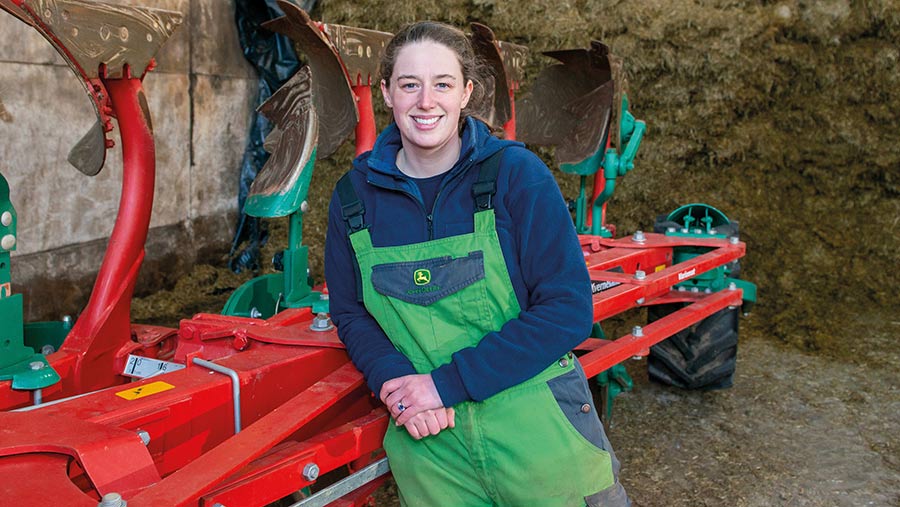Farmer Focus: Currently super-glued to the sprayer seat
 © Angus Findlay
© Angus Findlay April seems to have gone in a blink of an eye and the workload seems to be fairly consistent. We started spring drilling on 4 April and were finished on the 19th, which is similar to last year.
Like many, a catchy spring meant patience and opportunism were key.
As spring crops pop their heads through the ground it is clear to see the new Horsch Pronto has made a cracking job – a huge testament also to our team, who share our eye for detail and high standards.
See also: Wet weather delays potato planting and risks yield loss
April is also the month when cattle go out to the grass, which is one of my highlights of the year, as the rolling out of 60 round bales a week dwindles to 20.
My bottom seems super-glued to the sprayer at the moment as final liquid fertiliser on wheat and winter oats have been applied on damp days and wheat T1s have begun.
Drilling date is having a clear impact on disease pressure this year, more than varietal choice. Last autumn, we began drilling wheat on 31 August.
This is clearly showing, but with a good weather window and no grassweeds it was hard not to get started.
Grafton, Graham and early drilled Dawsum are feeling the septoria pressure.
For the second year running, we are using a product containing the Inatreq active (fenpicoxamid) – for us the benefits outweigh the negatives and, apart from changing anti-drip diaphragms, we have had no issues.
May sees my husband and I prepare for our pick-your-own pumpkin patch. This will be our fourth year and preparation (as with everything) is essential.
Our plants are grown in Cornwall and are transported up here to be transplanted at the end of May.
In our first year, we hand-planted 5,500 pumpkins, but in year two, as we doubled in size, an old cabbage planter was adapted and made planting a more timely affair.
We grow 16 different varieties now, and trial and error has shown what you can grow and what you can’t. There is nothing like learning from your mistakes, which in turn can bring success.

